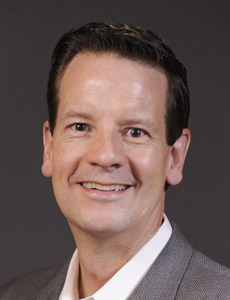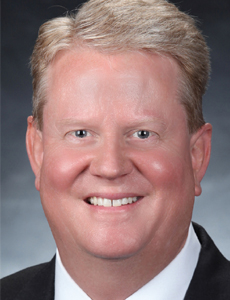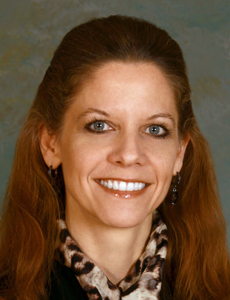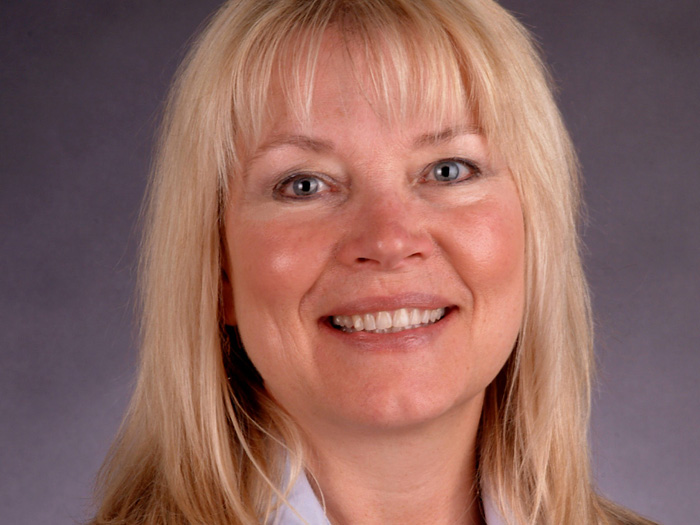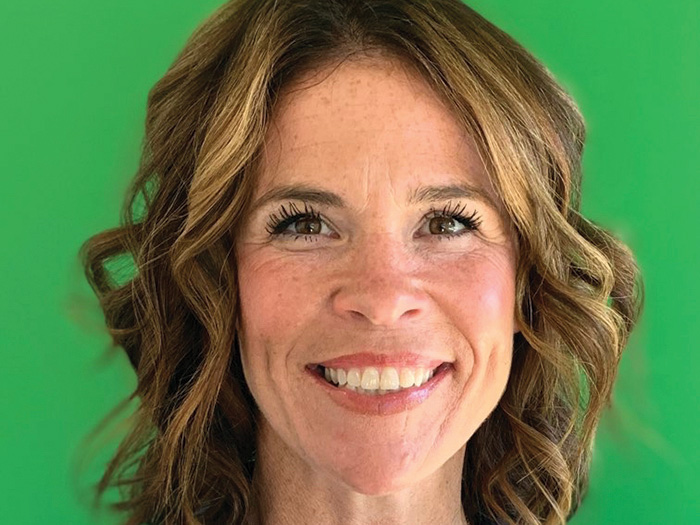2015 Power Broker
Best Brokers of 2015

One certainty about our annual Power Broker® contest, now in its 10th year, is that it is never the same contest twice.
Brokers who seemed to have a lock on certain industry categories in past years have seen their grip loosened as new challengers rise to compete with them.
 Judging the contest, never an easy task, with hundreds of strong candidates annually, becomes more demanding every year as different risks emerge, and market capacity and appetite shifts.
Judging the contest, never an easy task, with hundreds of strong candidates annually, becomes more demanding every year as different risks emerge, and market capacity and appetite shifts.
But there are some things about Power Broker® that remain a constant. Every year, we talk to hundreds of risk managers across a broad spectrum of the economy to get their opinions on which brokers did the best work for them in the past year. It’s their testimonials that elevate a competent broker to a Power Broker®.
When we talk to those risk managers we ask them to discuss the brokers who serve them in line with three key criteria.
Most importantly, we want to find brokers who were creative and tireless in finding recent risk solutions for their clients. Risk managers find reasons to sing brokers’ praises when they go to bat for them when the chips are down; when coverage is scant, underwriters rebuff them, or when acquisitions or business expansions make a puzzle of their risk exposures.
It took a team of 10 editors and more than 1,000 phone calls/emails to select the 2015 Power Broker® winners.
A second criteria is customer service. Believe it or not, we hear stories every year about brokers not returning risk managers’ calls when they are in a tight spot and need assistance. Leaders of brokerages swear that heads will roll if that’s found to be the case in their business, yet we hear it year after year.
The third criteria is industry knowledge, and by that we can assume insurance industry knowledge, but more importantly, deep knowledge of the business brokers are arranging cover for. When risk managers speak of the best brokers, they talk about how the brokers know their business so well that they become extensions of the organization. That entrepreneurial approach is a key trait of a Power Broker®.
This year, we identified 172 Power Brokers, an increase from previous years, because rather than exclude brokers who didn’t fit into a specific category, we expanded our At-Large category to capture brokers whose specialty isn’t well-defined by one sector or another.
Last year, the machinations of the Affordable Care Act caught our eye as a broad challenge for brokers and consultants. This year, we delved into an area that the industry doesn’t talk about enough; that area is claims conflict and resolution.
When the carrier balks and the customer yelps, Power Brokers step up to set things straight.
The State of Claims Conflict
For the population served by this year’s Power Brokers, 2014 was a tumultuous year across multiple lines of business. Many insureds have been faced with the one-two punch of a devastating loss followed by an unexpected claim denial. Some of those same entities were later left feeling raked over the coals when that claims activity — or other woes — led to harsher terms or even a cold shoulder from carriers with a diminished appetite for the risk. Enter the Power Brokers to bring everyone back to common ground.
In the aftermath of a loss 20 years ago, the question, “Are we covered for this?”, might have elicited a simple yes or no answer. Now there is far more gray area to sift through.
Resolving conflicts on behalf of clients has always been a part of the job for brokers. But brokers acknowledge that in recent years, the nature of these conflicts has changed.
In many areas, claims severity has experienced a slow upward climb, brokers said, leaving carriers more likely to balk at paying increasingly large sums. But there is also larger force in play that is making a state of conflict the new norm for a great many brokers and their clients.
There has been a rapid level of change occurring over the past decade or two, most of it connected to advances in technology.
As a result, risk exposures have deepened in complexity, and so have the meticulously crafted programs used to insure those risks. In the aftermath of a loss 20 years ago, the question, “Are we covered for this?”, might have elicited a simple yes or no answer. Now there is far more gray area to sift through.
“Is the same claim I had 20 years ago more contentious to settle today? I’d have to say no,” said Drew Haaser, U.S. technology practice leader at Marsh and a 2015 Power Broker® in the Utilities/Alternative Energy category.
“What I think we’re seeing is that it’s not the same claim from two decades ago.”
Haaser said that the constantly changing environment is moving faster than policy language can be adapted to keep up with it. The emergence of the sharing economy is one example.
“There’s no way the personal lines underwriter was anticipating that a private automobile was suddenly going to be doing ride-sharing. … At the same time, the commercial underwriter did not anticipate he was going to be insuring auto liability exposure for a fleet of vehicles that are unknown, driven by a cohort of drivers that are not professionally licensed.
“What’s coming up are just new wrinkles, new gray areas that really need to be debated,” Haaser continued. But many are still thinking of claims in terms of the old paradigms, he said, and that friction is creating conflicts.
These new wrinkles mean a significant rise in coverage ambiguities. Brokers are seeing more instances where a claim could potentially fall under two or even three different policies depending upon how the parties interpret the circumstances.
“A lot of people just get into their rut and see their way of thinking. You have to take them beyond that.” — Amy Fedena, director of commercial accounts, Arthur J. Gallagher & Co.
“We’re definitely getting more gray,” agreed Phil Norton, national managing director, Arthur J. Gallagher & Co. and a 2015 Power Broker® in the Technology category.
“Gray is where people are more likely to make their stances and be stubborn. … The ability of these claims to cross over into as many as three separate types of policies could potentially have different carriers pointing fingers at each other saying, ‘It’s your claim,’ and then the client’s upset because no one’s paying it … they’re all too busy pointing fingers at each other.”
Newer technologies are also making for more challenging placements and renewals, especially when insureds are breaking new ground.
“If you’re a technology underwriter, you’re used to thinking about a product from a company that, say, makes routers, and the router goes into a data center and provides IT services — that you can wrap your mind around, that’s technology,” said Haaser.
“But suddenly that same technology underwriter is being asked to cover a product that’s going down-well in hydraulic fracturing, and they freak out: ‘That’s not technology, that’s fracking!’ But it is [technology].”
The current speed of business can amp up conflicts as well, he pointed out. If an insured makes a component that goes into someone else’s product and something goes wrong, there’s a real need to get the claim settled quickly to keep the other party satisfied. But underwriters want to do all the testing and get to the root causes, said Haaser.
“They want to go slower.”
The Emotional Factor
Resolving conflicts, said Amy Fedena, director of commercial accounts with Arthur J. Gallagher & Co., is a matter of “being able to figure out exactly what the pain points are — what is everyone trying to accomplish.” That’s where brokers’ deep knowledge of their customers’ industries comes into play, as well as a serious attention to detail, and strong listening and analytical skills.
The next level is understanding the people involved — how they think, what motivates them and what they need to make decisions. That takes an exceptionally high level of emotional intelligence — what is often called EQ. In order to be successful at resolving conflicts, you have to understand what makes people tick.
“It’s so important in these types of negotiations to let the other party present their ideas first and get it off their chest,” said Haaser.
“I find they don’t listen if they’re thinking about what their counterpoint is, or what they have to say. [You have to] allow the other party to get their opinion out there before you can start to build the win for each side.”
Brokers said there’s an underlying cultural difference that makes adversaries out of insureds, underwriters and claims handlers. Haaser quipped that he’s often reminded of the famous line from Cool Hand Luke: “What we have here is a failure to communicate.”
On the carrier side, every calculation and every bit of language that goes into policies and premiums is arrived at methodically and with careful precision. Insureds, on the other hand, are thinking, “I’ve paid my premium to this underwriter for 10 years and never had a claim. Now I have an issue and I want it paid.”
Risk managers’ expectations are based on their understanding of the larger institutional relationship, said Haaser.
“So both sides are attacking it from this very different worldview,” he said.
“A lot of people just get into their rut and see their way of thinking. You have to take them beyond that,” said Fedena, a 2015 Power Broker® in the Construction category.
Citing a complicated conflict she dealt with in 2014, Fedena said the bottom line was everybody thought the situation was one way, but when they boiled down the details, they found that it wasn’t at all what it looked like on the surface.
That’s often what it takes to get people to look further than their own perspective.
Haaser agreed: “You need to be smart about how you pitch the claim, and that calls for digging into the details and presenting it in a way that will break the insurer out of their preconceived notions of whether it is or isn’t covered.
“I think underwriters have a tendency to jump to conclusions about which bucket something might fall into.”
“If I can get the client to see the carrier’s side,” Norton said, “[and] the carrier to see the client’s side — put them in each other’s shoes — then we might actually have two sides with a little bit of compassion … to the point where they’re looking toward a resolution rather than a fight.”
Cutting Through the Noise
There are also times when brokers need to shake things up in order to get a conflict resolved. Norton recounted a dispute he faced this past year involving large industry players and a multimillion-dollar claim with a lot of gray area getting in the way of getting the claim paid.
With such high stakes involved, not to mention an excessive number of lawyers, Norton decided to take things to a different level. He eschewed email, flying to New York and then to California to meet with the carrier and the insured personally.
“If you’ve got a claim that everybody, frankly, thinks is not going to get covered, and you get it paid? That’s like winning the Super Bowl.” — Drew Haaser, U.S. technology practice leader, Marsh
He convinced them to participate in a call without consulting attorneys present.
Prior to the call, he prepped his client by explaining the top three reasons the carrier was denying the claim. Then he gave them three reasons why those arguments weren’t entirely valid.
On the call, the client was completely prepped and Norton served as a facilitator. “What I saw was that a lot of the dispute was just the attorneys being overly zealous in taking their clients’ position.”
Norton repeated the process with the excess carrier as well. He was able to bring the parties to a resolution on both layers, with a result of $30 million eventually paid on the claim.
Without the buffer layer, both sides were more willing to listen and share information. And Norton’s personal visit changed the dynamic away from just being about lawyers firing emails back and forth.
“These are some of the elements that take you from zero to $30 million,” said Norton.
“Some of it’s luck and some of it’s skill and some of it is just completely handling the claim outside the box.”
Norton’s personal visit also elevated the level of trust in him and in his commitment to conflict resolution.
“Trust is probably the most critical component,” said David Robinson, managing director with Aon and a 2015 Power Broker® in the Energy/Downstream category.
“[You have to have a level of] trust with your client, that you will do the right thing on their behalf, and also develop trust with stakeholders — the underwriters, the claims adjusters.
“In order to achieve optimal outcomes for all sides,” he said, “that trust is imperative.”
Clients need that trust in their broker so they will accept when their position isn’t as strong as they assumed it was.
Or, for the client to look beyond the claim to see that maintaining a good relationship with the carrier requires reaching a resolution everyone can live with.
On the carrier side, building trust often comes down to respect and diplomacy, brokers agreed.
“There is a tendency to disrespect claims people at insurance companies,” said Haaser.
“I think many times these claims people are between a rock and a hard place, so one of the most important things is to be diplomatic and start by acknowledging how difficult their job is,” he said. Sometimes that is all that is needed to create collaboration so the claim can move forward.
It also doesn’t hurt to note, said Norton, that resolving the claim equitably might lead to future business.
It may be a matter of pointing out, he said, “Let’s think of this as a partnership rather than a dispute.”
“It’s a very effective strategy,” Fedena agreed, “to show them how it benefits them.
“[We might say], ‘Look, if you write the coverage for 18 months, and everyone’s happy, then maybe you can write the other nine lines.’ ”
Because claims disputes are often high stakes situations for insureds, brokers said they feel clients place a significant amount of value on brokers’ ability to resolve claims.
“Getting a difficult claim paid,” Haaser said, “that’s like the playoffs … there’s more emotion around it … everything is a little heightened.
“And if you’ve got a claim that everybody, frankly, thinks is not going to get covered, and you get it paid? That’s like winning the Super Bowl.”
See the complete list of 2015 Power Broker® winners.

